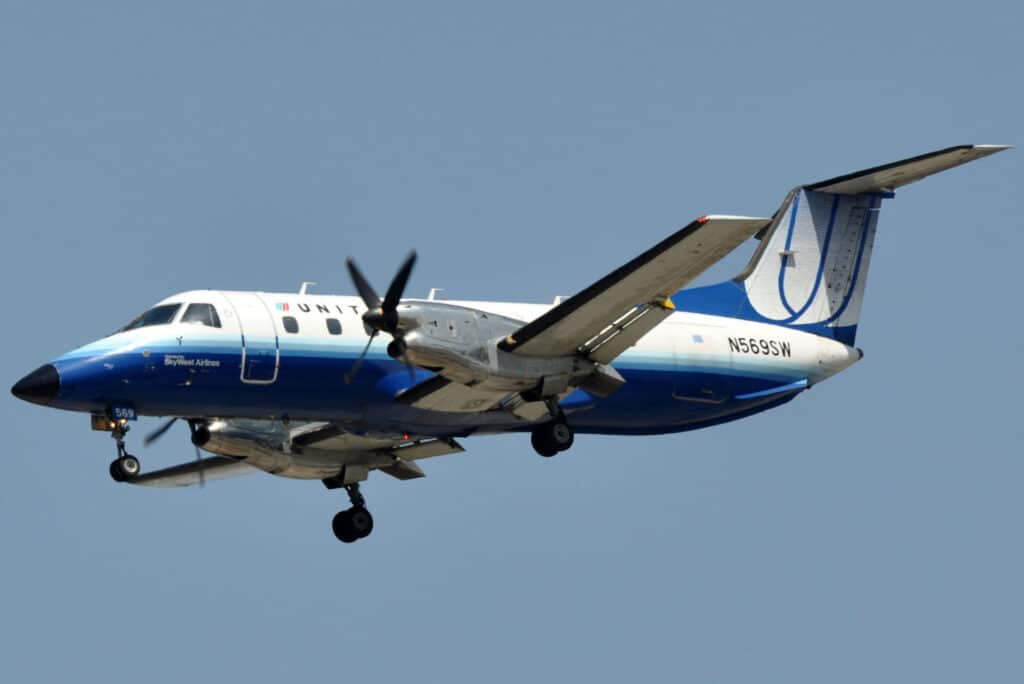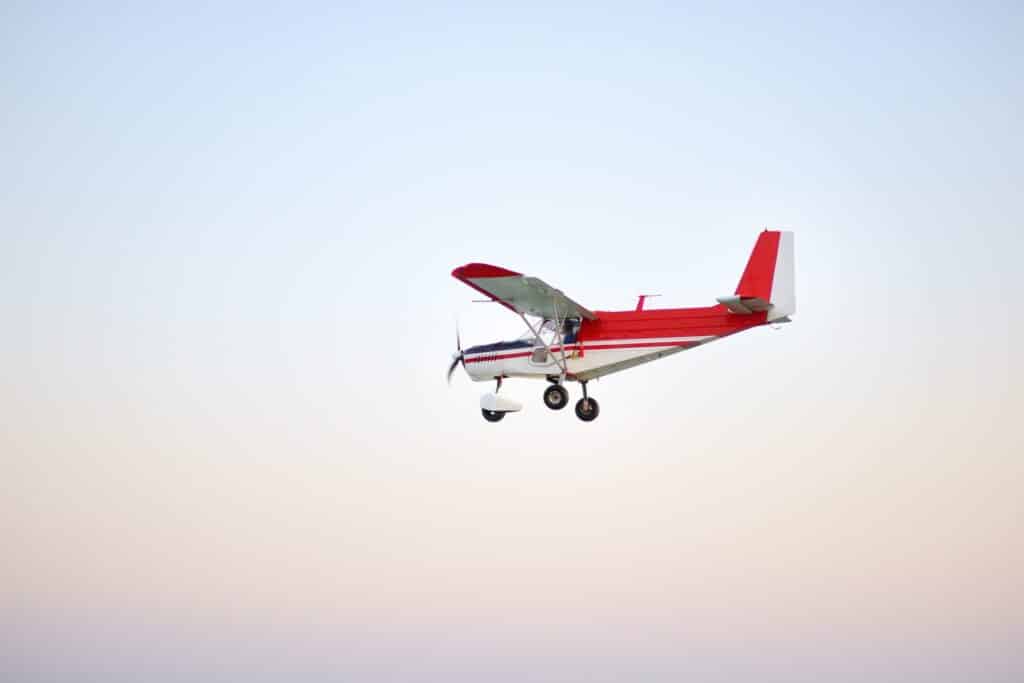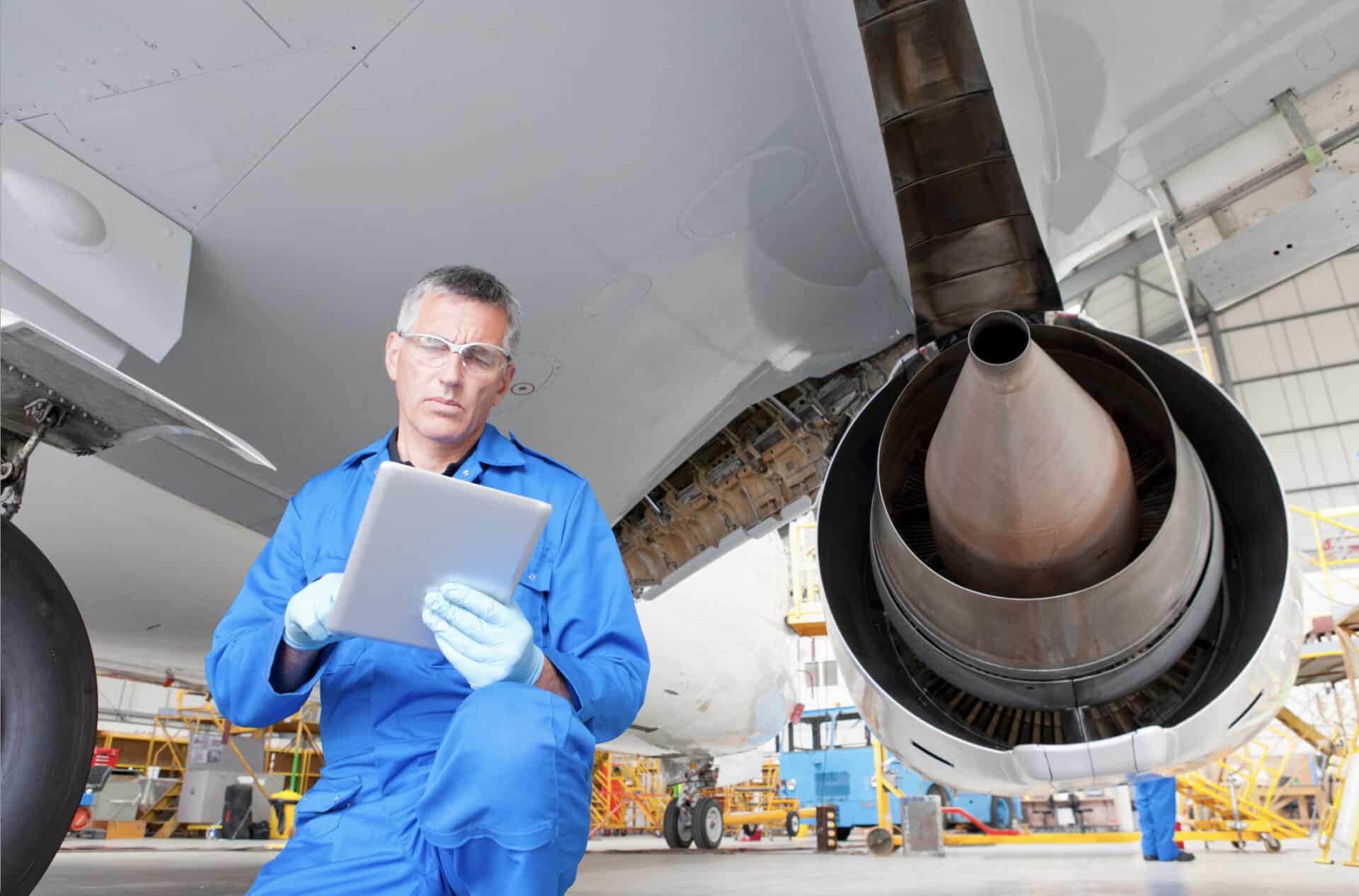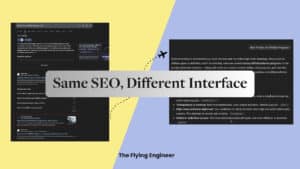What Is FAA Part 135 Certification?
FAA Part 135 certification authorizes on-demand and commuter air charter operations under Title 14 of the Code of Federal Regulations (14 CFR Part 135). This certification is essential for operators seeking to conduct commercial air transport for passengers or cargo.
The certification process ensures that charter operators meet rigorous safety standards, comply with operational oversight requirements, and maintain continuous regulatory compliance. Unlike Part 91 private operations, Part 135 operators are held to commercial aviation standards that require comprehensive documentation, training programs, and FAA supervision. Many operators work with professional charter brokers to understand regulatory requirements before pursuing certification.
Obtaining a Part 135 certificate allows operators to legally conduct commercial flights for hire, making it the gateway to legitimate air charter operations in the United States.
Types of Part 135 Operations
The FAA issues four distinct types of Part 135 certificates, each designed for different operational scales and complexity levels. Understanding these certificate types is critical for applicants to determine their regulatory pathway.
Single-Pilot Certificate permits one pilot to operate one aircraft under Part 135 authority. This streamlined certification is ideal for small operators beginning their charter operations with limited resources.

Basic Certificate allows operations with up to five pilots and five aircraft. This certificate type provides moderate growth capacity while maintaining manageable compliance requirements for expanding operators.

Standard Certificate supports larger charter operations with multiple pilots and aircraft. This certification level requires more comprehensive documentation, training programs, and operational oversight structures to manage complex fleet operations.

Commuter Certificate applies to scheduled passenger operations conducting at least five round trips per week. Commuter operators face the highest regulatory standards due to the scheduled nature of their service and increased passenger exposure.

The certification type directly impacts documentation requirements, inspection depth, and timeline duration. Operators should carefully evaluate their business model and growth projections when selecting their certificate type.
Overview of the Five Phases of Part 135 Certification
The FAA employs a five-phase “Gate System” to structure the certification process. This systematic approach ensures applicants complete all compliance requirements before advancing to subsequent phases.
Each phase includes specific milestones that must be satisfied before the FAA grants approval to proceed. The gate system provides clear checkpoints, allowing both applicants and FAA inspectors to track progress and identify deficiencies early in the process.
Phase 1 – Pre-Application
The Pre-Application phase begins when an applicant contacts their local Flight Standards District Office (FSDO) to express intent to pursue Part 135 certification. This initial contact establishes the formal relationship between the applicant and the FAA certification team.
Applicants must submit FAA Form 8400-6 (Pre-Application Statement of Intent – PASI) through the FAA Safety Assurance System (SAS) Portal. This electronic submission system streamlines document management and communication throughout the certification process.
Key steps during Pre-Application include:
- Attending a Pre-Application Meeting with the assigned FAA Certification Team to discuss operational plans, timelines, and expectations
- Providing a Schedule of Events that outlines projected completion dates for each certification milestone
- Identifying the proposed base of operations and aircraft information, including registration numbers and aircraft types
- Completing SAS training materials and establishing access to the SAS External Portal for ongoing submissions
- Securing preliminary aviation insurance coverage and demonstrating financial capability to sustain operations
This phase concludes with Gate 1 approval once the FAA verifies the applicant’s readiness and commitment to proceed with formal certification.
Phase 2 – Formal Application
The Formal Application phase requires submission of a comprehensive package demonstrating the applicant’s organizational structure, operational procedures, and safety management systems. This phase represents the most documentation-intensive stage of certification.
The Formal Application Package must include:
- Formal Letter of Application stating the applicant’s intent and proposed operations
- Compliance Statement documenting how the applicant meets each applicable regulation under 14 CFR Part 135
- General Operations Manual (GOM) detailing operational policies, procedures, and standards
- General Maintenance Manual (GMM) outlining aircraft maintenance programs and procedures
- Training Curriculums for pilots, crew members, and operational personnel
- Management Personnel Resumes for Director of Operations, Chief Pilot, Director of Maintenance, and Chief Inspector positions
- Aircraft Documentation including purchase agreements or lease documents proving aircraft availability
The FAA reviews this package and conducts a Formal Application Meeting to verify completeness and address any preliminary questions. Completion of this stage marks Gate 2 of the certification process.
Phase 3 – Design Assessment (Document Compliance)
During the Design Assessment phase, the FAA conducts comprehensive review of all submitted manuals, procedures, and documentation. This detailed evaluation ensures that written policies and procedures conform to regulatory requirements.
Key evaluation points include:
- Conformance with safety standards established in 14 CFR Part 135 and FAA orders
- Accuracy of operational manuals including normal, abnormal, and emergency procedures
- Completeness of maintenance programs that align with manufacturer recommendations and FAA requirements
- Adequacy of training curriculums to prepare personnel for their assigned duties
- Proper record-keeping procedures for operational, maintenance, and training documentation
Applicants must correct any identified deficiencies before progressing. This phase aligns with FAA Order 8900.1 Volume 2, Chapter 4, Section 3, which establishes certification standards for air carriers.
Working with experienced aviation consulting professionals can significantly streamline document preparation and reduce revision cycles during this phase. Operators should ensure all personnel, including those pursuing careers as professional pilots, meet FAA training and qualification requirements.
Phase 4 – Performance Assessment (Demonstration & Inspection)
The Performance Assessment phase shifts focus from documentation to hands-on evaluation of operational capabilities. This practical assessment verifies that the applicant can execute procedures as documented in their manuals.
The FAA certification team conducts inspections and observations of:
- Flight operations and dispatch procedures demonstrating operational control and decision-making processes
- Aircraft conformity inspections verifying airworthiness and compliance with certification specifications
- Maintenance operations and facilities confirming adequate resources and capabilities
- Crew training sessions including ground school and simulator training effectiveness
- Check rides with flight crew evaluating pilot proficiency and standard operating procedure adherence
- Emergency evacuation demonstrations validating passenger safety procedures
- Proving runs conducting actual flights under FAA observation to demonstrate operational competency
Successful completion of Performance Assessment clears Gate 3 and confirms readiness for final certification. This phase typically requires the most coordination between applicants and FAA inspectors.
Phase 5 – Administrative Functions (Certification Phase)
The Administrative Functions phase represents the final certification stage. Once the FAA determines that the applicant can safely and continuously comply with all applicable regulations, formal certification is issued.
During this phase, the FAA:
- Issues the Air Carrier or Operating Certificate granting legal authority to conduct Part 135 operations
- Publishes Operations Specifications (OpSpecs) that define the operator’s authorized operations, aircraft types, service areas, and operational limitations
- Assigns a Certificate Management Office (CMO) responsible for ongoing surveillance and oversight
The OpSpecs serve as the operator’s regulatory authorization document, specifying exactly what operations are permitted under their certificate. Operators providing private jet management services often coordinate closely with the FAA to ensure their OpSpecs accommodate diverse client requirements.
Timeline: How Long Does Part 135 Certification Take?
The Part 135 certification timeline varies significantly based on certificate type, applicant preparedness, and resource availability. Most operators should anticipate a duration of six to twelve months from initial contact to certificate issuance.
Single-pilot operators typically complete certification with approximately 150–200 hours of preparation time. Standard or commuter operators require substantially longer timelines due to multi-aircraft validation, complex training programs, and more extensive documentation requirements.
Critical factors affecting timeline include:
- Document quality and completeness – well-prepared manuals reduce revision cycles
- Personnel availability – key management personnel must be available for interviews and evaluations
- Aircraft readiness – delays in aircraft acquisition or maintenance can postpone inspections
- FSDO workload – certification team availability varies by region and season
- Financial preparation – operators should understand aircraft financing options and secure funding before beginning the certification process
| Phase | Key Milestones | Estimated Duration |
|---|---|---|
| Pre-Application | Submit PASI, Pre-App Meeting | 2–4 weeks |
| Formal Application | Manuals, Compliance, FAA Review | 4–6 weeks |
| Design Assessment | Document Compliance Verification | 6–8 weeks |
| Performance Assessment | Inspections, Proving Runs | 6–10 weeks |
| Administrative | OpSpecs Issuance, Certification | 2–3 weeks |
Note: Scroll horizontally on mobile devices to view the complete table.
Additional Requirements for Single-Pilot Operators

Single-pilot operators benefit from streamlined certification processes designed to reduce administrative burden while maintaining safety standards. However, simplified does not mean reduced compliance expectations.
Single-pilot applicants may not require full operations and maintenance manuals in the format demanded of larger operators. Instead, they typically provide:
- Statement of Compliance documenting adherence to applicable regulations
- Minimum Equipment List (MEL) specifying equipment required for flight operations
- HAZMAT Training Documentation for handling dangerous goods if applicable to operations
- Basic Operational Procedures covering normal, abnormal, and emergency situations
It is crucial to understand that even basic single-pilot operators must meet all safety and operational standards. The FAA does not compromise on compliance expectations regardless of operational scale.
Tools and Resources for Applicants
The FAA provides numerous resources to guide applicants through the certification process. Familiarizing yourself with these materials before beginning the application significantly improves efficiency.
FAA Advisory Circular 120-49 offers guidance on certification procedures and expectations. This document provides practical insights into FAA evaluation criteria and common deficiency areas.
FAA Notice 8900.687 contains the latest updates to certification processes, including recent policy changes and procedural modifications that affect current applicants.
The SAS External Portal Information Guide provides detailed instructions for navigating the Safety Assurance System, submitting documents electronically, and tracking application status.
Review 14 CFR Part 135 regulations directly through the Electronic Code of Federal Regulations to understand all applicable operational requirements.
Many applicants benefit from working with experienced aviation consulting professionals or FAA-approved documentation consultants. These specialists understand regulatory requirements and can streamline compliance preparation, reducing costly delays and revision cycles.
Final Thoughts
Obtaining FAA Part 135 certification requires patience, meticulous organization, and regulatory precision. The five-phase gate system provides a structured pathway, but success depends on thorough preparation and attention to detail.
Applicants who invest time in comprehensive documentation, maintain open communication with their FSDO certification team, and address deficiencies promptly experience shorter timelines and fewer complications. The certification process is demanding by design – these requirements protect passengers, ensure operational safety, and maintain the integrity of commercial aviation.
With proper guidance, dedicated preparation, and commitment to regulatory compliance, becoming a Part 135 operator opens opportunities for legitimate, profitable air charter operations. The investment in certification pays dividends through operational credibility, insurance accessibility, and the ability to legally serve charter customers nationwide.
Authors
-
Radu Balas: Author
Pioneering the intersection of technology and aviation, Radu transforms complex industry insights into actionable intelligence. With a decade of aerospace experience, he's not just observing the industry—he's actively shaping its future narrative through The Flying Engineer.
View all posts Founder
-
Cristina Danilet: Reviewer
A meticulous selector of top-tier aviation services, Cristina acts as the critical filter between exceptional companies and industry professionals. Her keen eye ensures that only the most innovative and reliable services find a home on The Flying Engineer platform.
View all posts Marketing Manager
-
Marius Stefan: Editor
The creative force behind The Flying Engineer's digital landscape, meticulously crafting the website's structure, navigation, and user experience. He ensures that every click, scroll, and interaction tells a compelling story about aviation, making complex information intuitive and engaging.
View all posts Digital Design Strategist


















